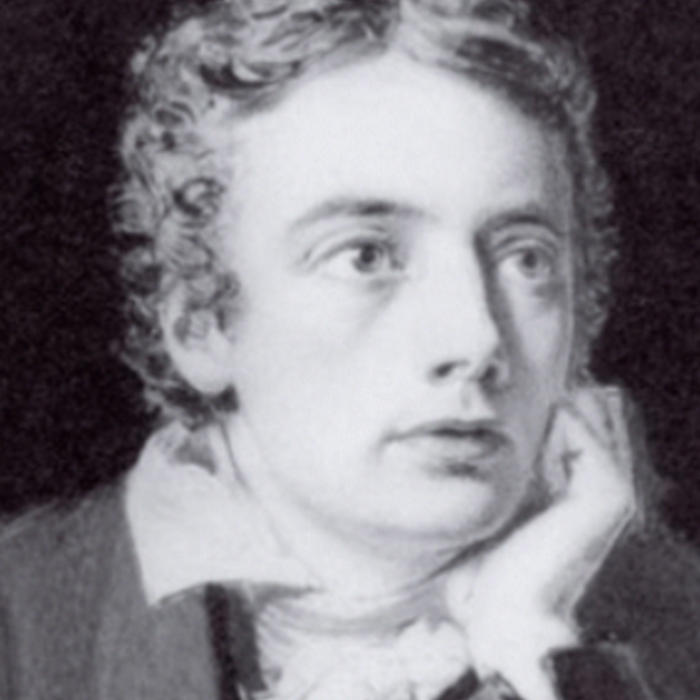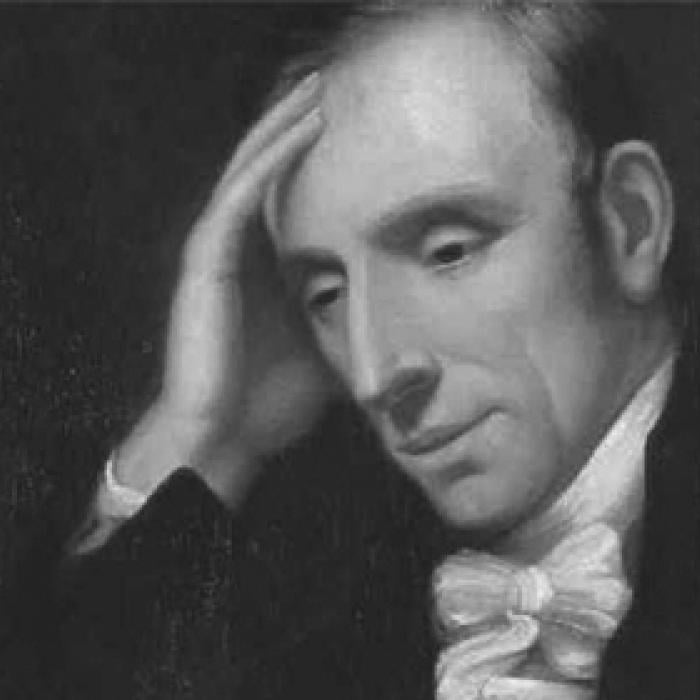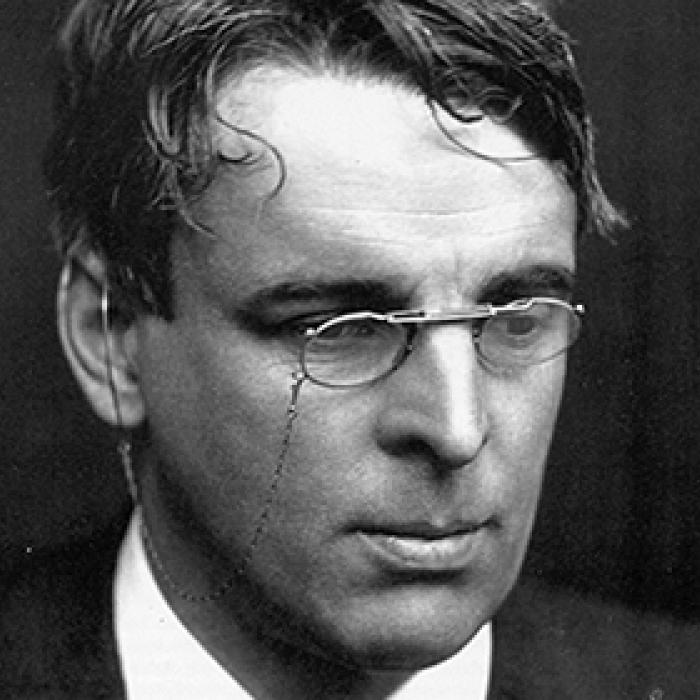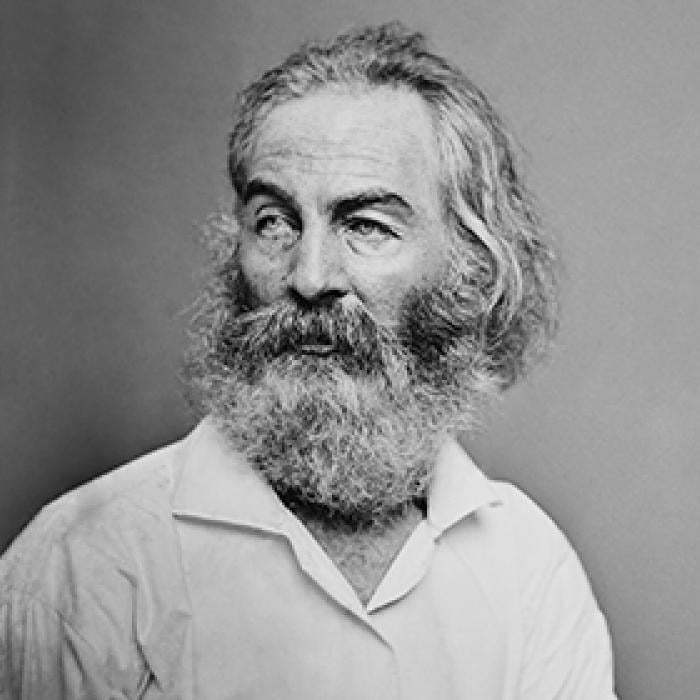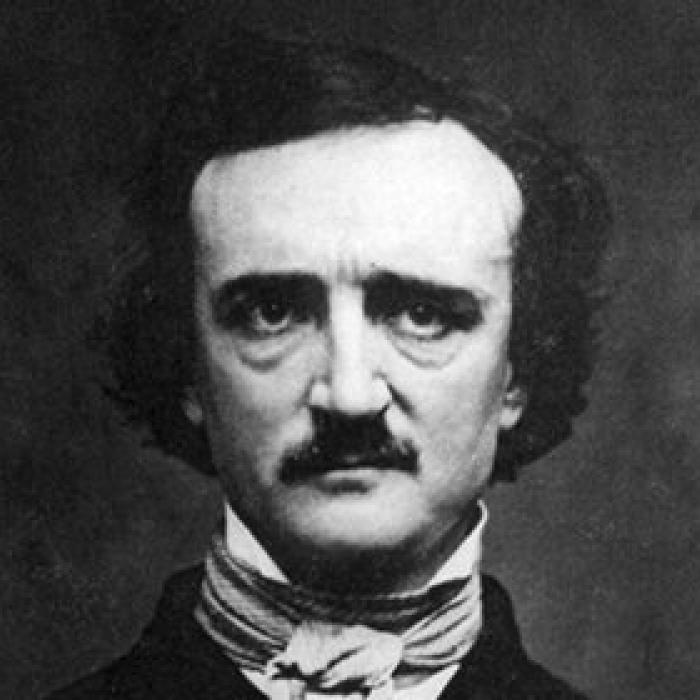Fitz-Greene Halleck
Fitz-Greene Halleck was born on July 8, 1790, in Guilford, Connecticut. In 1811, he moved to New York City and worked for financiers Jacob Barker, who founded the Exchange Bank of New York, and later John Jacob Astor.
In 1813, Halleck met medical student and poet Joseph Rodman Drake, a descendent of Sir Francis Drake. In 1819, Halleck and Drake collaborated on a series of thirty-five satirical poems known as the “Croaker Papers,” which took as their subjects prominent New York City residents. The poems were published in the New York Evening Post and were widely read and appreciated.
Both Halleck and Drake became a part of the New York City writers circle known as the Knickerbocker Group, members of which regularly published work in The Knickerbocker, a monthly literary magazine. Other contributors included William Cullen Bryant, Lydia Maria Child, James Fenimore Cooper, and Washington Irving.
Drake died of tuberculosis in 1820 at the age of twenty-five, about which Halleck wrote, “Green be the turf above thee,/ Friend of my better days!/ None knew thee but to love thee,/ Nor named thee but to praise.” Halleck never married and in his will requested that Drake’s body be exhumed so he might be interred with him (which was not carried out).
About the poet Edgar Allen Poe wrote, “No name in the American poetical world is more firmly established than that of Fitz-Greene Halleck.” Having achieved uncommon acclaim in his day, Halleck is the only American to have a statue along Central Park’s Mall and Literary Walk.
Halleck’s collections of poems include Alnwick Castle, with Other Poems (Harper & Brothers, 1845) and Fanny and Other Poems (Harper & Brothers, 1839). He is the editor of The works of Lord Byron, in verse and prose, including letters, journals, etc: with a sketch of his life (G. Dearborn, 1833).
Halleck died November 19, 1867, in Guilford, Connecticut.

